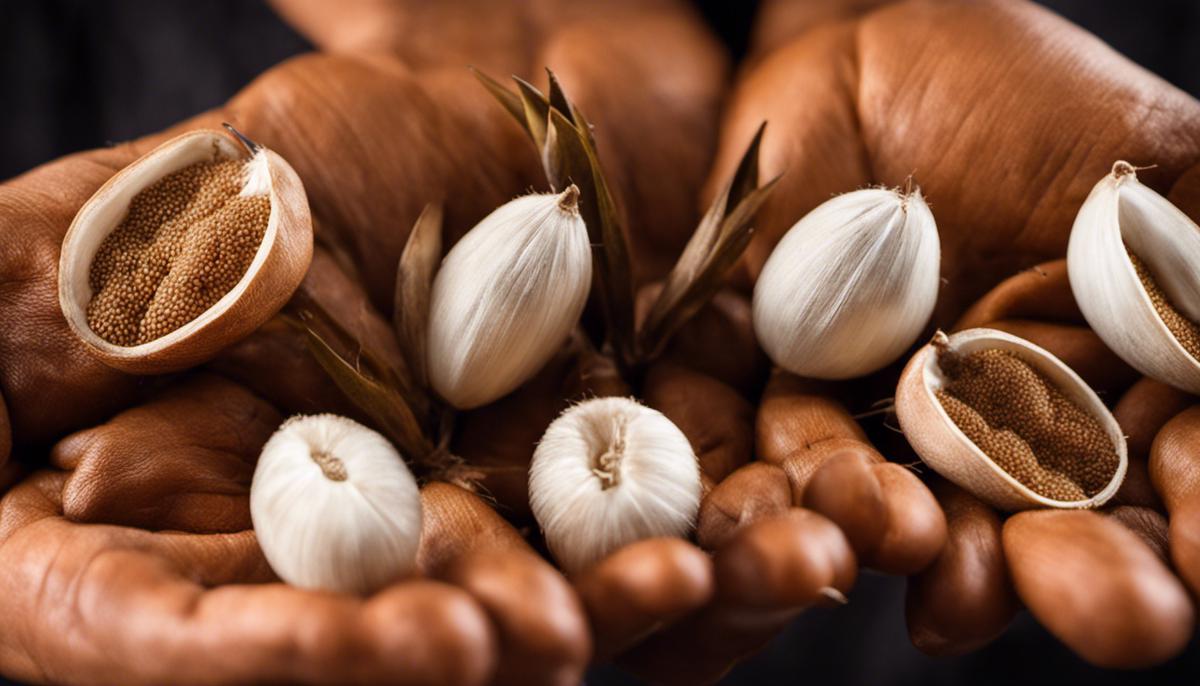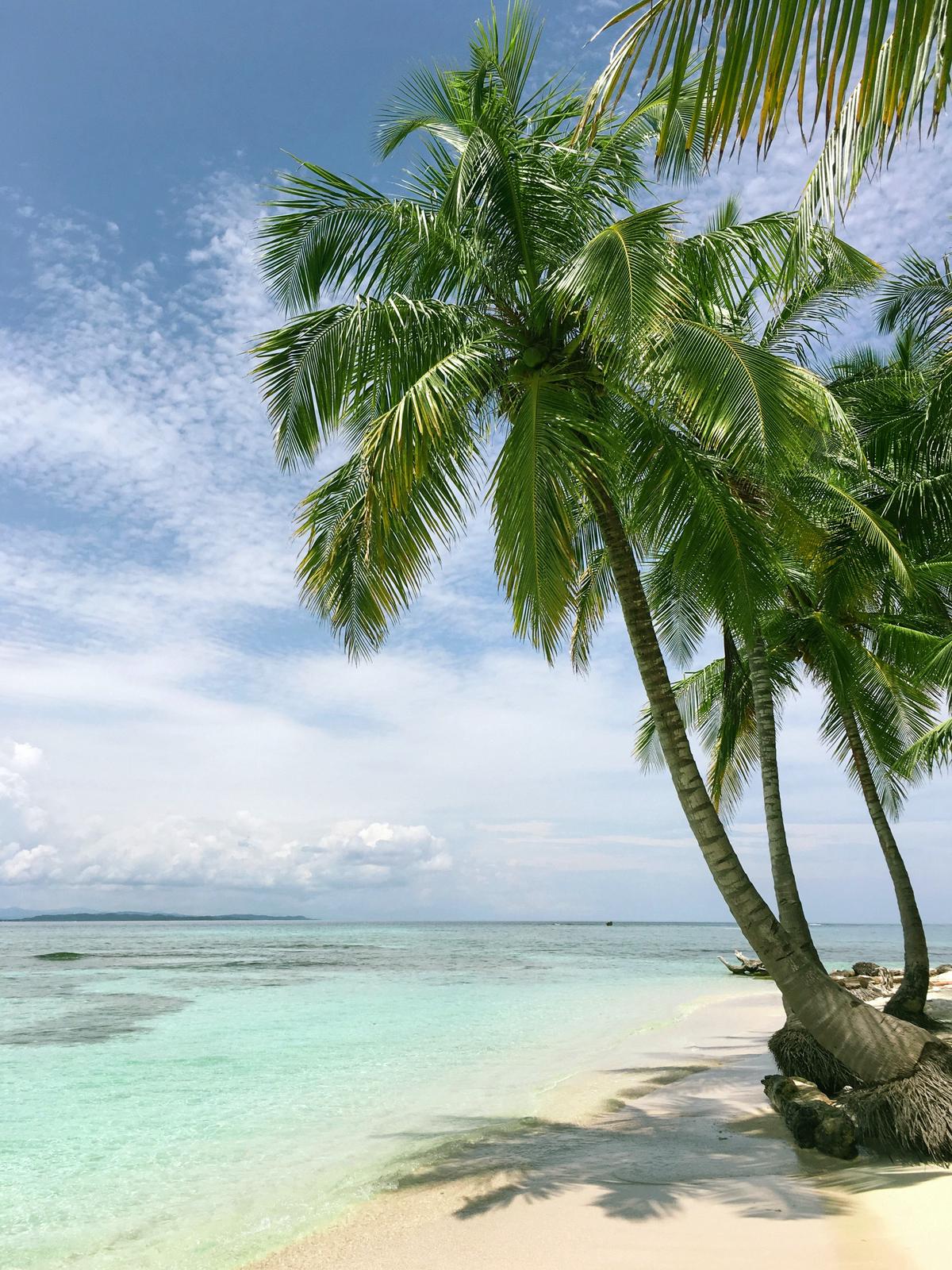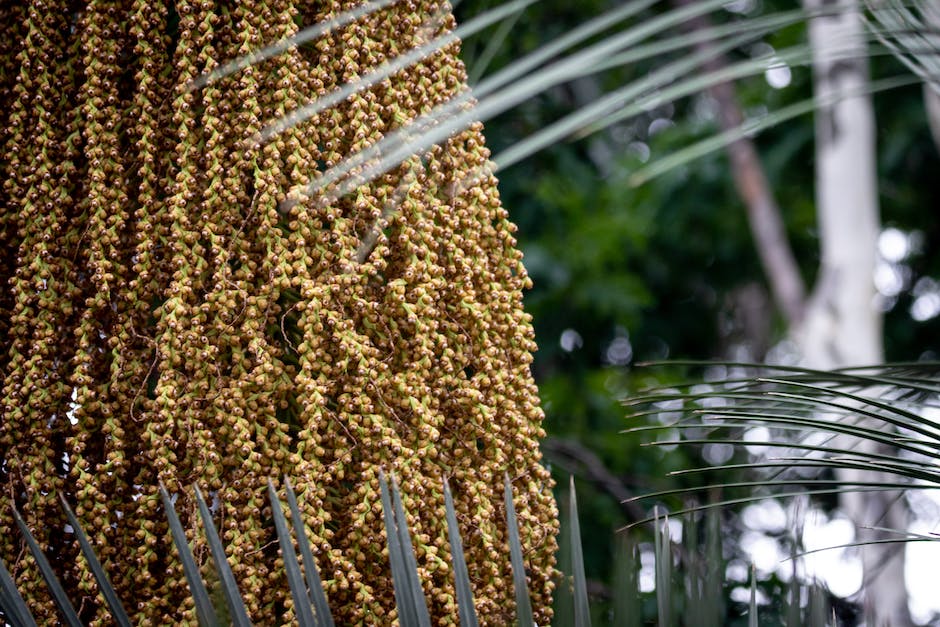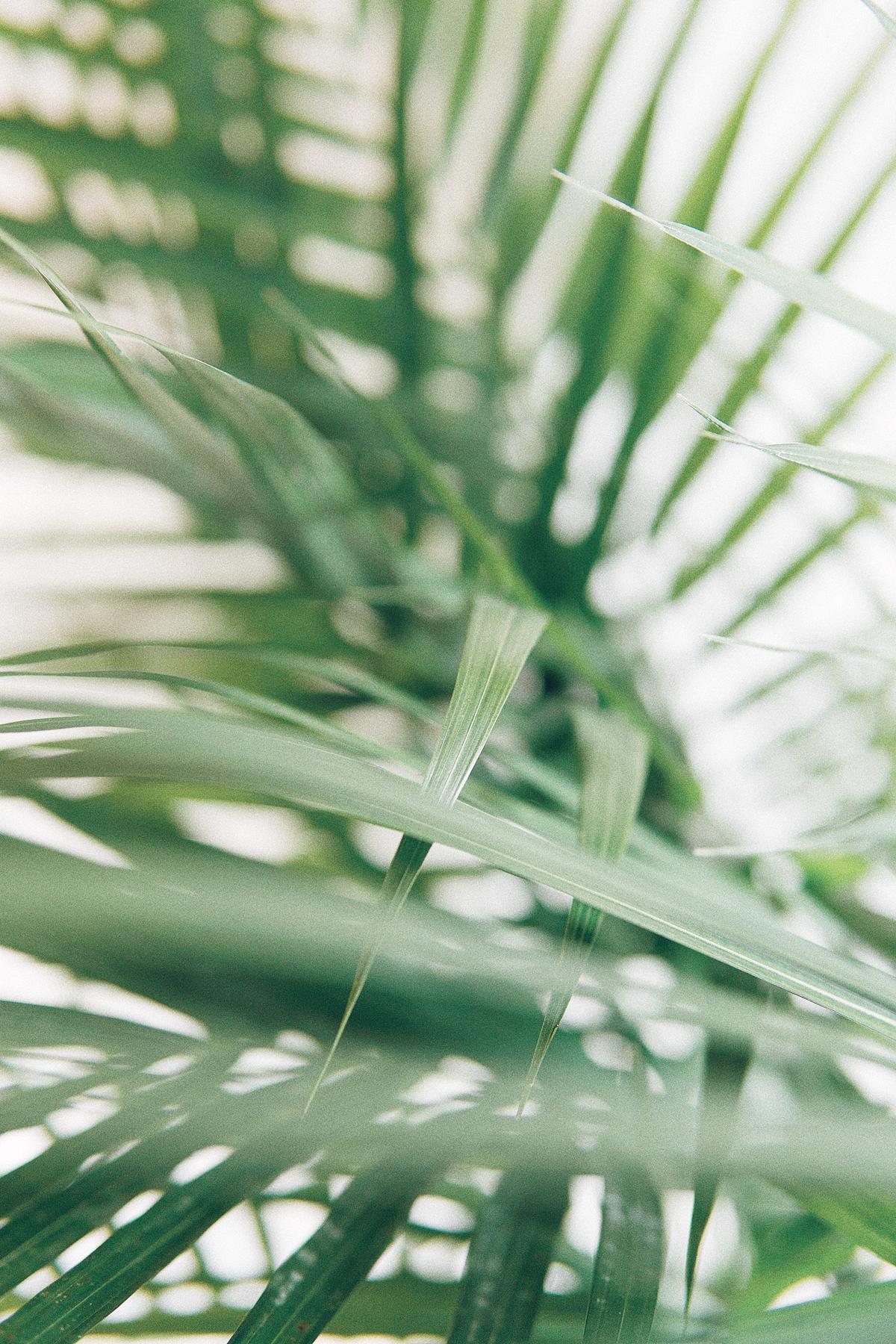Cultivating Your Own Palm: Seed to Tree

Among the many species of flora that decorate our planet, palms stand as one of the most enchanting and diverse. From the icy regions of the Himalayas to the tropic locales of the West Indies, palms contribute significantly to our landscape. This essay embarks on the exciting path of growing these magnificent trees from seed, a process that may feel a bit complex to many. Delving into different species of palm seeds and understanding the best fit according to the specific climate conditions forms the first essential part of this journey. Further, we move towards the scientific yet fascinating process of germinating the palm seed, discussing the preliminary steps namely, soaking, scarification, and stratification. We also highlight the conducive environmental conditions to aid sprout growth. Lastly, we shift our focus towards nurturing the seedlings, discussing vital elements like water needs, soil mixtures, sunlight needs, repotting, and shielding them from any potential pests or diseases.
Choosing The Right Palm Seed
Every gardening enthusiast eventually reaches a stage where they want to try something new and exotic. And what’s more exotic than growing your own palm tree, right? Let’s get straight into what will help determine the success of a budding seedling in your backyard. The big question is, what kind of palm seed will grow best in your climate?
First and foremost, it’s important to understand that palm trees as a group are incredibly diverse. They range from the towering, statuesque date palms seen in Hollywood movies to the tiny, desk-friendly parlor palms which are often seen in homes. There are around 2600 species of palm trees, spreading across wide-ranging climates, and this means that there’s probably a palm variant that can thrive in your particular corner of the world.
Palm trees are most successful in USDA Hardiness Zones 8-10, which means you’re in luck if you live in temperate and tropical climates. Desert fan palms and Mexican fan palms are two good choices for drier climates, whereas the Sabal Louisiana, also known as Louisiana palmetto, thrives best in wetter, swampier areas.
If you’re living in colder climates (yes, that’s right, you can still grow a palm tree), you’ll want to consider the needle palm or the windmill palm. These hardy species can withstand freezing temperatures and a good level of snowfall.
Here’s a neat trick to keep in mind. To determine the ideal type of palm seed your climate can host, it can be very helpful to take a look at naturally occurring palms in the surrounding area. What’s growing locally is a good clue to what might work in your backyard.
Once you’ve chosen your palm seeds, it’s time to plant. Plant them just beneath the surface of the soil in a container initially and supply the seeds with warmth of at least 70°F and constant moisture. Consistency is key here; abrupt changes can be unfriendly to the development of your new palm. It can be a slow process, patience is indeed a virtue in gardening after all, but once they get their footing and adapt to their surroundings, palm trees can be a truly indulgent and satisfying addition to your gardening portfolio.
Just remember the golden rules: Pick the right species for your climate, provide ideal weather conditions for germination and early growth, and maintain proper moisture levels. By following these guidelines you’ll be well on the way to transforming your garden into a tropical paradise or a serene desert oasis, picturing yourself lounging under the shade of your very own palm tree in the foreseeable future.
Gardening is an exploration, an adventure, and testing your hand at growing your own palm tree is no exception. Now, how about that, isn’t it exciting? The world of exotic gardening perhaps isn’t as out of reach as it first seems. Happy planting!

Photo by mvdheuvel on Unsplash
Germinating The Palm Seed
Illuminating the Process: Mastering Palm Seed Germination
Commencing your journey into the exquisite world of palm cultivation? Nothing compares to the thrilling experience of witnessing a palm seed blooming under your meticulous attention. Palm seed germination is an art, involving skill, knowledge, and patience. Through understanding the process, any passionate gardener can become a proficient palm cultivator.
Digging deeper into the science of palm seed germination, the details become fascinating. In nature, palms grow from seeds that fall to the ground and find ideal conditions. With a bit of human intervention, the germination time can significantly be shortened. Every hobbyist knows the way to a successful palm growth begins with the seed. So, let’s undertake this fascinating journey together!
First, choosing the correct seed is pivotal. Opt for seeds that are ripe, typically darker in color, for higher chances of successful germination. Next comes the all-important step – seed preparation. This process typically involves soaking the seeds in warm water for around 24-48 hours. This simple yet crucial step assists in softening the seed coat, thereby promoting optimal germination.
Following the soaking, place the seeds in a plastic bag filled with vermiculite, keeping the bag at a warm temperature (ideally between 70-100 degrees Fahrenheit). This process creates an ideal germinating environment, simulating the natural conditions a palm seed would find on the tropical forest floor.
During the stratification period, shafts of roots will start to appear, demonstrating the onset of the germination process. Be aware that all seeds germinate at different rates depending upon their varieties, so be patient and allow nature to take its course.
Once the root shafts have appeared, transfer the seed to a pot or container filled with well-draining soil mix. This is one of the most crucial stages – positioning the seed correctly. Plant the seed with the root shaft facing downwards—this aids the germination process, providing robust roots and sprouts.
The perfect balance of warmth and moisture is paramount. Maintain a warm environment with indirect sunlight, and spray water to keep your soil moist but avoid overwatering, which could lead to fatal root rot.
Consistent monitoring is key during this entire process. Check frequently that the soil remains damp and ensure the seed isn’t showing signs of rotting or dehydration. This vigilance is the mantra for a healthy and flourishing palm seedling.
With time, the first sprout will appear – a sight full of satisfaction for every passionate palm cultivator. Here you have it, the start of a robust, thriving, and elegant palm tree, blooming under your meticulous care.
Taking on palm seed germination isn’t merely about obtaining another plant for your collection. It is about embracing a journey, indulging in the exhilaration of nurturing, and being part of an exotic gardening adventure. So, step up, armed with your gardening tools and enthusiastic spirit, and embark on this fulfilling journey towards becoming a seasoned palm cultivator!

Caring for Palm Seedling
Assuming that the foundation of proper palm seed germination and growth has been laid, let’s dive further into factors that can ensure the healthy growth of your palm seedling. Once the seed sprouts, the game changes a bit, and the palm runs a new phase of its life cycle. At this stage, the focus should be less on germination conditions and more on creating a nurturing environment for the seedling to flourish.
One of the fundamental aspects that affect seedling growth is sunlight. Palm seedlings require plenty of sunlight. Without it, their stems will stretch out, making them leggy and weak. So, the key point here is to provide an adequate amount of sunlight; not too little, and certainly not too much. It’s akin to Goldilocks’ sweet spot.
When it comes to the soil composition, it should be sandy and well-draining. Palm seedlings dislike an overly wet environment, which could potentially lead to root rot. The aim should always be to give the soil a chance to dry out slightly between waterings, avoiding the ‘soggy foot’ syndrome affecting the seedlings. A mixture of standard potting soil and coarse sand or perlite works wonders here.
When you ponder upon the nutritional needs, palm seedlings are like baby humans. They require a diet rich in nutrients specifically catered to support their developmental phase. This usually means using a slow-release palm fertilizer that has a high ratio of Nitrogen, Potassium, and Iron, aiding in leaf and root development while preventing Yellow Leaf Syndrome or Frizzle Top. However, remember to use fertilizers sparingly on young palms as excess could damage their delicate roots.
In terms of temperature, most palm seedlings prefer temperatures in the range of 70–80 degrees Fahrenheit. However, it’s essential to be familiar with your specific palm species’ temperature preferences to make the most appropriate choices concerning their care.
Another critical point to note is that palm seedlings, like other baby plants, are susceptible to pests and diseases. Unwelcomed visitors like spider mites, whiteflies, and palm aphids can be a common predicament. Regularly inspect your palm seedlings, and if needed, apply insecticidal soap or neem oil for a non-toxic solution.
Shape is another facet that requires attention. Palm seedlings in particular can be ungainly or misshapen as they grow. A little gentle pruning of dead or yellow fronds can help retain its shape and channel its energy towards healthy new growth.
Lastly, a simple yet fundamental tip is patience. Growing a palm from seed is not an endeavor for those seeking instant gratification. It’s a hobby that teaches perseverance and respect for the process of growth and transformation. It’s a testament to the beauty of nature unfurling at its pace, in its time.
In an encapsulated form, focusing on the requisites of sunlight, soil composition, nutrient provision, temperature regulation, pest control, pruning, and a bucket full of patience can ensure the healthy growth of your beloved palm seedling.
Happy palm growing! And remember to soak up all the valuable lessons this amazing endeavor has to offer. Each day brings golden nuggets of wisdom worth cherishing.

Photo by alexperri on Unsplash
The timeless elegance of a palm tree, be it in a sprawling garden, a small urban space or woven into a landscape, increases the charm of any place by manifold. A journey that begins with understanding the distinct varieties of palm seeds soon ascends into a truly enriching experience of bringing a seed to life, nurturing it, and seeing it grow into a grand piece of nature’s beauty. Reflecting upon the steps, choosing and germinating the right seed, then nurturing the emerging seedling, we realize that each stage requires dedicated effort, patience and a profound passion for botany. However, the reward of seeing your own palm growing steadily, be it a tiny Sago Palm or a towering Coconut Palm, is indeed worth all the patience, effort and time.



